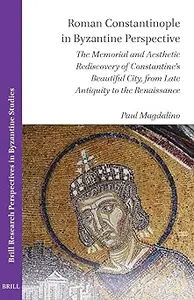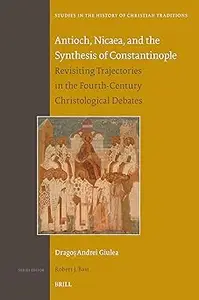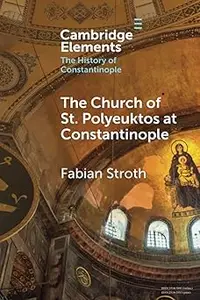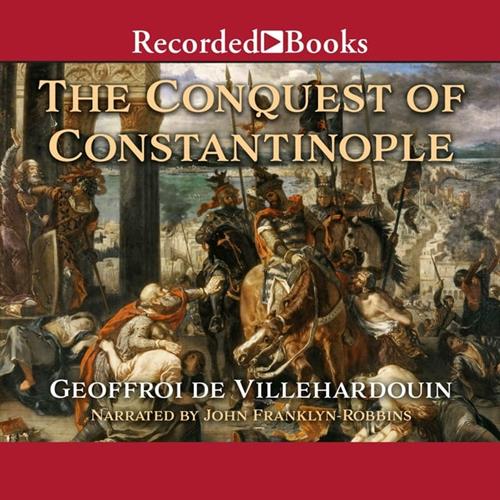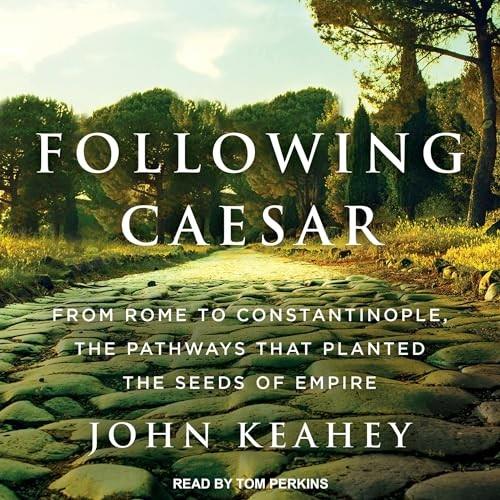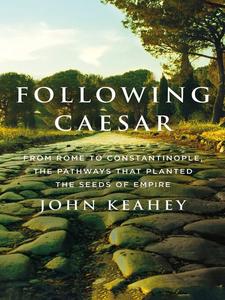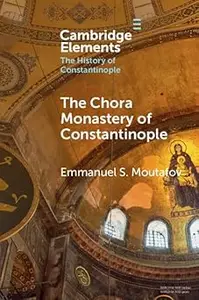
Free Download Emmanuel S. Moutafov, "The Chora Monastery of Constantinople "
English | ISBN: 1108931138 | 2024 | 75 pages | PDF | 8 MB
The Chora is one of the most celebrated churches built in Constantinople during the Byzantine era (330-1453). It is particularly famous for its glorious mosaics and frescoes, mostly dating to the fourteenth century, which are a particularly fine example of Late Byzantine art. After the Ottoman conquest of Constantinople in 1453 the church was repurposed as a mosque, known as the Kariye Camii. Between 1945 and 2020 it had another incarnation, as the Kariye Museum, but then in 2020, in line with changing Turkish governmental policies, it again became a mosque. This Element sets out the history of the building, presents its artwork, and considers how best to interpret its construction, significance, and meaning. Above all, it offers an insight into images and words that are currently inaccessible to the general public.

